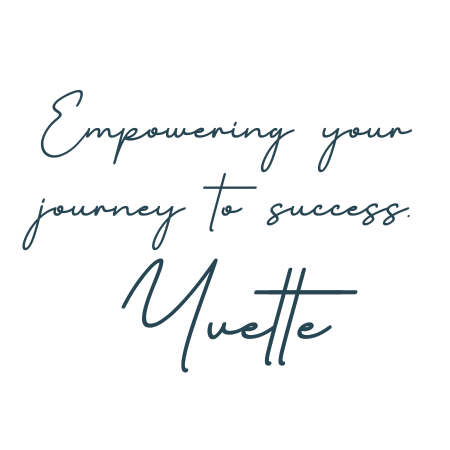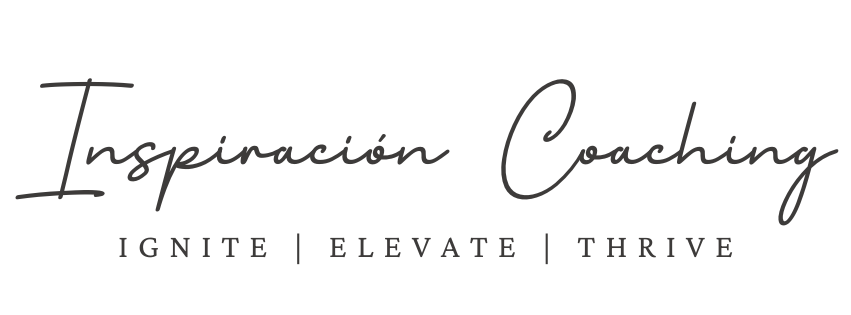Self-belief is the cornerstone of personal and professional growth. It’s the inner conviction that you can navigate challenges, achieve goals, and make meaningful contributions. Yet, in professional settings, many individuals struggle with self-doubt and a paralyzing fear of failure. By cultivating self-belief, you can break through these barriers and unlock your full potential. This post explores practical techniques to strengthen self-belief and address the fear of failure, enabling you to thrive in your career.
Understanding Self-Belief and Fear of Failure
Self-belief is not an inherent trait; it’s a mindset shaped by your experiences, environment, and internal dialogue. It determines how you perceive opportunities and setbacks. Conversely, the fear of failure stems from a fear of judgment, rejection, or loss, often leading to inaction or procrastination (Bandura, 1997). Recognizing these dynamics is the first step toward mastery.
1. Reframe Failure as Feedback
Failure is often stigmatized, but it’s a natural learning process. Thomas Edison’s famous quote, “I have not failed. I’ve just found 10,000 ways that won’t work,” highlights the importance of viewing failures as opportunities for growth. This could mean analyzing a project that didn’t meet expectations in professional settings to identify what can be improved.
Actionable Tip: After any perceived failure, write down three things you learned and how they will inform your future actions. This shift in perspective reduces the emotional weight of failure and promotes resilience.
2. Cultivate a Growth Mindset
A growth mindset, as proposed by psychologist Carol Dweck, emphasizes the belief that abilities can be developed through dedication and hard work. Adopting this mindset fosters a love for learning and a resilience essential for professional success (Dweck, 2006).
Example: Suppose you’re hesitant to apply for a leadership role because you feel underqualified. Instead of fixating on your perceived shortcomings, focus on the skills you can develop and the unique strengths you bring to the table.
Actionable Tip: Replace fixed-mindset statements like “I’m not good at this” with growth-oriented ones like “I’m learning and improving daily.”

3. Practice Visualization Techniques
Visualization is a powerful tool for building self-belief. Athletes often use this technique to rehearse success mentally, and it’s equally effective in professional contexts. Imagining yourself confidently delivering a presentation or acing an interview can prepare your mind to perform at its best.
Actionable Tip: Spend five minutes daily visualizing yourself achieving a specific goal. Include as much sensory detail as possible to make the visualization vivid and impactful.
4. Set Achievable Goals and Celebrate Milestones
Setting realistic, incremental goals creates a sense of accomplishment and builds momentum. Achieving smaller milestones reinforces your belief in your abilities and reduces the intimidation of larger objectives.
Example: If you’re preparing for a major presentation, break it down into smaller tasks like researching, creating slides, and practising. Celebrate completing each step to stay motivated.
Actionable Tip: Keep a journal to track your progress and reflect on your achievements, no matter how small they may seem.
5. Surround Yourself with Positivity
Your environment significantly influences your mindset. Surrounding yourself with supportive colleagues, mentors, and friends can bolster your confidence and provide constructive feedback. Conversely, distancing yourself from negativity helps preserve your mental energy and focus.
Example: Seek out professional networks or communities that encourage growth and collaboration. Participating in such groups can provide valuable insights and affirm your sense of belonging.
6. Embrace Self-Compassion
Being your harshest critic is easy, especially in high-stakes professional environments. However, self-compassion involves treating yourself with kindness and understanding, particularly during moments of difficulty. Research by Neff (2003) shows that self-compassion enhances resilience and reduces anxiety, empowering you to recover from setbacks more effectively.
Actionable Tip: When faced with self-doubt, ask yourself, “What would I say to a friend in this situation?” Redirect that supportive language toward yourself.
7. Seek Professional Development Opportunities
Continuous learning and skill development instil confidence and competence. Investing in courses, workshops, or coaching can expand your expertise and reinforce your belief in your capabilities.
Example: Enrolling in a public speaking workshop can help you overcome the fear of presenting and enhance your communication skills, making you more confident in professional interactions.
Actionable Tip: Identify one area where you’d like to grow and commit to a learning activity in the next month.

Final Thoughts
Mastering self-belief is a journey, not a destination. By reframing failure, cultivating a growth mindset, practising visualization, and surrounding yourself with positivity, you can overcome the fear of failure and unlock new possibilities in your professional life. Remember, self-belief is like a muscle—the more you work on it, the stronger it becomes.
Take Action Today
Ready to break free from self-doubt and take control of your career? Download our free guide, 5 Strategies to Overcome Self-Doubt, and discover actionable steps to transform your mindset. Learn how to overcome imposter syndrome, reframe negative thoughts, and embrace your success with confidence. Packed with practical tools, this guide will empower you to take charge of your professional journey. Plus, you can schedule a complimentary 45-minute call to create a tailored plan for your growth. Download now and start your next chapter with clarity and purpose! Click here to get started.

References
- Bandura, A. (1997). Self-Efficacy: The Exercise of Control. New York: W.H. Freeman.
- Dweck, C. S. (2006). Mindset: The New Psychology of Success. Random House.
- Neff, K. D. (2003). “Self-Compassion: An Alternative Conceptualization of a Healthy Attitude Toward Oneself.” Self and Identity, 2(2), 85-101.







